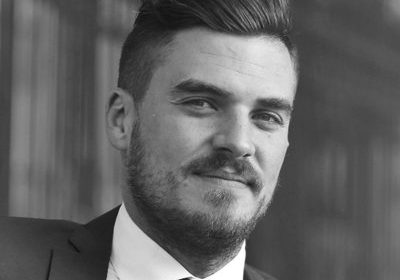Because the coach took the time to set the parameters of the coaching process with the sponsor and with the client, coaching sessions focused on the client and their chosen goals. (See part 1)
When the coach met with the client, the coach asked the client how they wanted to process and plan. The client wanted to be understood in terms of their excellent work history and their personal problems. The coach invited the client to share what was important. The coach actively listened, rephrased, and reflected the client’s emotions around their challenges. After the client felt heard and understood, they were ready to move forward.
The coach asked the client what they did want from their job and their company. The client shared they really wanted to get back on track and know they had opportunity to further their career. The coach asked the client what it would take to get back on track. The client developed an action plan with the coach serving as their strategy partner.
Action Step #1: Separate Home and Work
The client decided their first step was to create a way to leave personal challenges at home and focus on work while in the office. Their process was to write a list of challenges in the morning in their car. On the drive, they would think about how to handle the challenges. At work, they listed their ideas while sitting in the parking lot. The client created a reminder to them self on an index card: “A Time for Everything – Home Time and Work Time.”
Action Step #2: Focus at Work
The client decided that to ensure their productivity at work, they would not check personal calls or emails. The client shared with the coach that this was going to be tough because they worried. The coach asked the client how checking calls or emails benefitted their personal situation. The client decided there was no benefit. The coach asked the client how they benefitted by waiting until the end of the work day to check personal calls and emails. The client felt they had more focus at work. The client decided to create a screen saver that reminded them: “Success is a result of balance and focus.”
Action Step #3: Productivity
The client shared that they knew they had the ability to accomplish more. The coach asked what they had done previously that worked well. The client shared that prioritized checklists worked well and they had gotten away from them recently. The client decided to re-start their habit of creating a prioritized checklist each week that they then pulled from for a daily to do list.
The coach and the client created a report to the employer that simply stated the client now had a process to create focus and return to their higher level of productivity.
Do you think that simple action steps are more or less effective and why?



